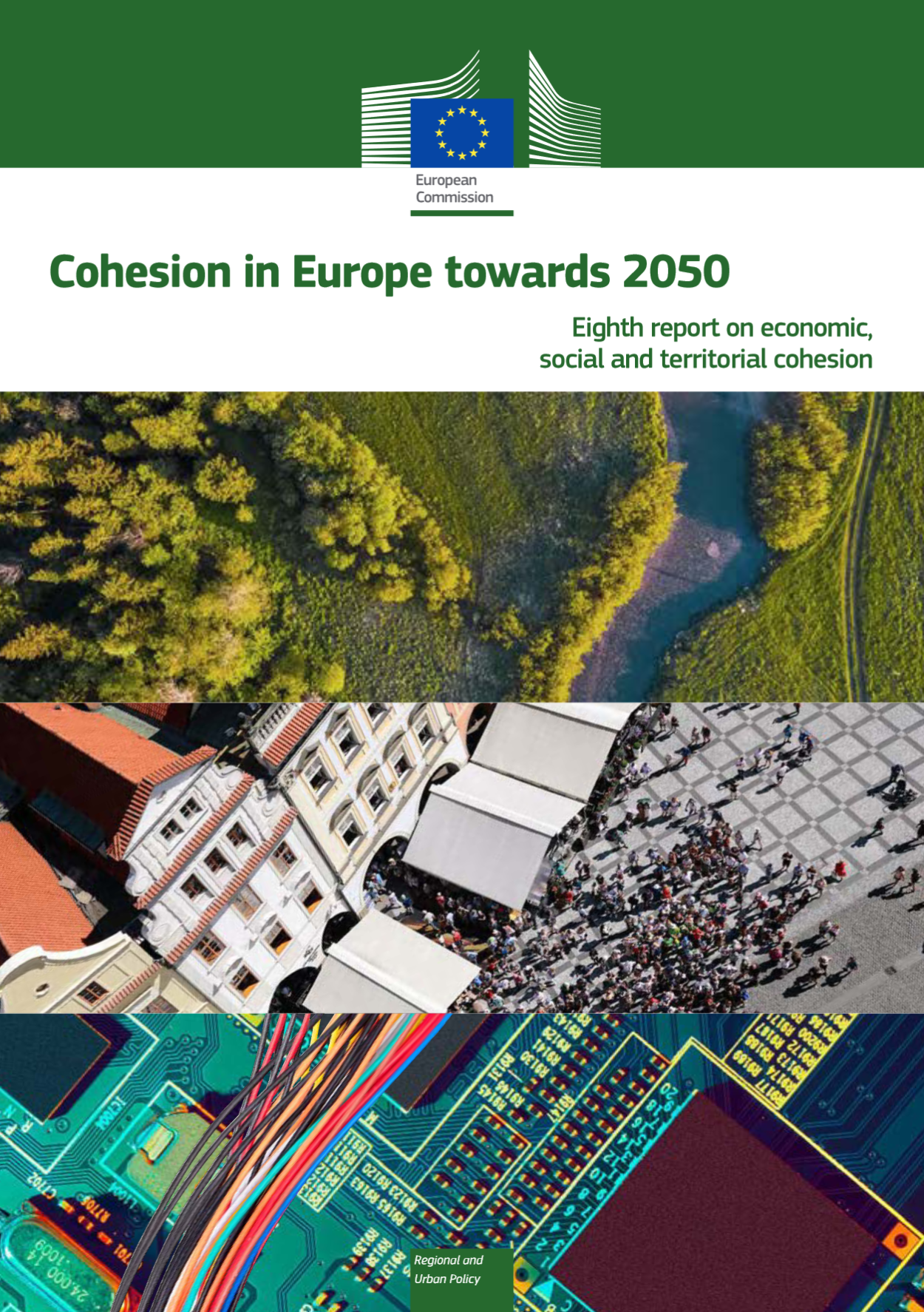On 9 February 2022, the European Commission published the 8th Cohesion Report, presenting a first picture of the impact of the coronavirus pandemic at the regional level. It also shows both positive and negative trends in EU regions, cities and rural areas.
The Report assesses economic, social and territorial cohesion in the EU. It shows that less developed regions have been catching up, but that many transition regions have been stuck in a development trap. Furthermore, the growing innovation divide will make it harder for both types of region to catch up. At the EU level, employment rates are now higher than before the economic crisis in 2008, but regional disparities are still above their pre-crisis level. Demographic change will affect all regions in the coming decades. Regions will have to adjust to a shrinking labor force and student body and a growing population that is aged 65 and over.
Fiscal consolidation after the crisis in 2008 reduced public investment and has not yet regained its pre-crisis levels. As a result, cohesion policy funding has become ever more important, growing from the equivalent of 34% to 51% of public investment between the 2007-2013 and the 2014-2020 periods.
The report highlights that the green and digital transitions will be key drivers of EU growth, but argues that, without appropriate policy action, new economic, social and territorial disparities may appear. It launches a reflection on how cohesion policy should evolve to respond to these challenges.




